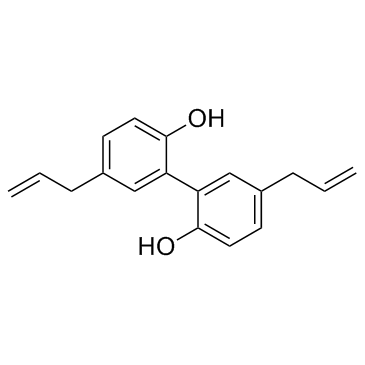
Magnolol
 Data Sheet
For research use only. Not for human use.
Data Sheet
For research use only. Not for human use.
* Required Fields.
Please complete the form below and you will get the price list in 1 minute.
* Required Fields.
Please complete the form below and we will contact you shortly.
* Required Fields.
Please complete the form below and we will contact you shortly.
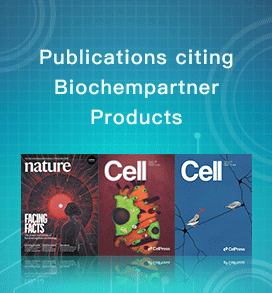
| CAS No. | 528-43-8 | Cat. No. | BCP28276 |
| Name | Magnolol | ||
| Synonyms | Dehydrodichavicol; 5,5'-Diallyl-2,2'-dihydroxybiphenyl; 5,5'-Diallyl-2,2'-biphenyldiol; | ||
| SMILES | |||
| Chemical Name | |||
| Formula | C18H18O2 | M. Wt | 266.32 |
| Purity | 98% | Storage | Store at 4-8°C |
| Description | Magnolol, a natural lignan isolated from the stem bark of Magnolia officinalis, is a dual agonist of both RXRα and PPARγ, with EC50 values of 10.4 µM and 17.7 µM, respectively.Magnolol is known to act on the GABAA receptors in rat cells in vitro as well as having antifungal properties. Magnolol has a number of osteoblast-stimulating and osteoclast-inhibiting activities in cell culture and has been suggested as a candidate for screening for anti-osteoporosis activity. It has anti-periodontal disease activity in a rat model. Magnolol is a bioactive compound found in the bark of the Houpu magnolia (Magnolia officinalis) or in M. grandiflora. The compound exists at the level of a few percent in the bark of species of magnolia, the extracts of which have been used in traditional Chinese and Japanese medicine. In addition to magnolol, related lignans occur in the extracts including honokiol, which is an isomer of magnolol. | ||
Recommend Products
More >
-
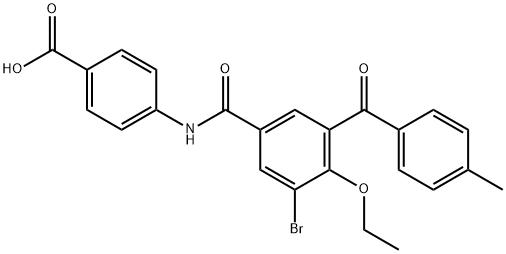
AGN 196996
Cat. No.:BCP46996
No.:958295-17-5
Product Details -
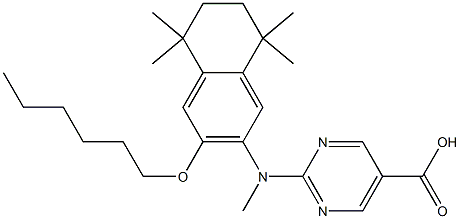
-
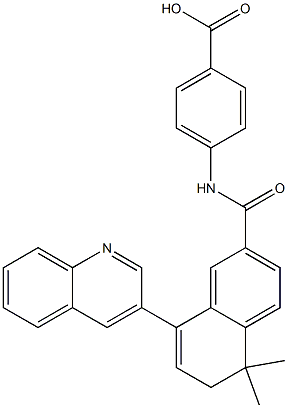
BMS 195614
Cat. No.:BCP44394
No.:253310-42-8
Product Details -

-
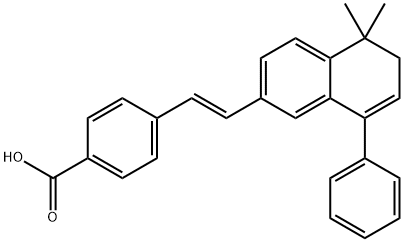
-

-
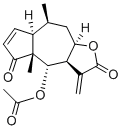
-
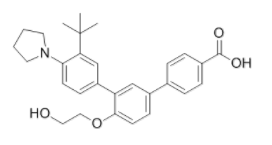
Trifarotene
Cat. No.:BCP31392
No.:895542-09-3
Product Details -

-

-
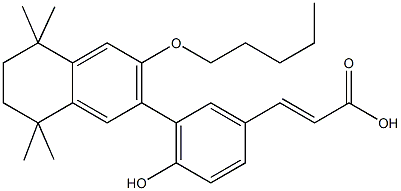
-
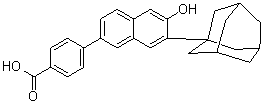
-
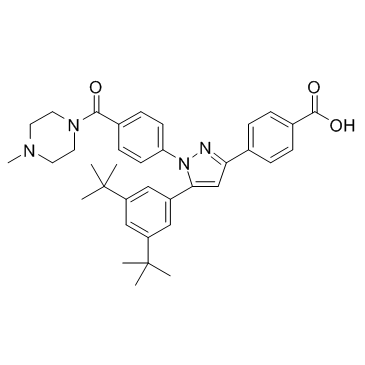
LY2955303
Cat. No.:BCP20655
No.:1433497-19-8
Product Details -
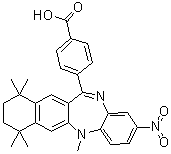
-
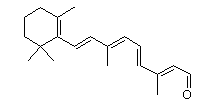
All-trans-retinal
Cat. No.:BCP14368
No.:116-31-4
Product Details -

(R)-2-Flurbiprofen
Cat. No.:BCP13426
No.:51543-40-9
Product Details -
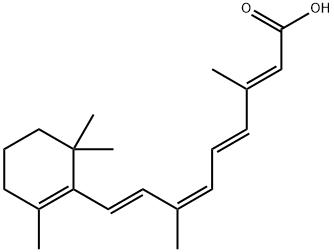
9-cis-Retinoic acid
Cat. No.:BCP27899
No.:5300-03-8
Product Details -

-
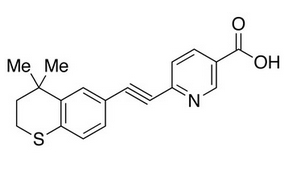
Tazarotenic
Cat. No.:BCP07476
No.:118292-41-4
Product Details -
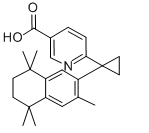

Tags:Magnolol supplier,Magnolol purchase,Magnolol manufacturer,Magnolol distributor,Magnolol cost,Magnolol buy,Magnolol for sale




